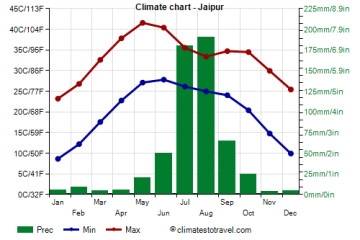Understanding the Role of SENA Countries
Introduction to SENA Countries
The SENA countries, which consist of South Asian nations, are critical in fostering regional cooperation and development. This group includes countries like India, Pakistan, Sri Lanka, Nepal, Bhutan, Maldives, and Bangladesh. Their significance extends beyond geographic proximity, as these nations share cultural linkages and economic opportunities. Understanding their role in the global arena is paramount, especially given recent geopolitical developments.
Main Developments in SENA Countries
Amidst ongoing climate change challenges and the quest for sustainable development, SENA countries have initiated various collaborative efforts. For instance, the latest South Asian Association for Regional Cooperation (SAARC) summit highlighted key issues such as disaster management, food security, and economic integration. Notably, the collaboration on renewable energy projects has gained momentum, demonstrating a collective effort to combat environmental challenges.
Additionally, in recent months, trade negotiations have been a hot topic among SENA countries. The push for a South Asian Free Trade Agreement (SAFTA) has encountered both support and resistance. While India and Bangladesh are voicing optimism about reduced tariffs and economic collaboration, countries like Pakistan express hesitance, citing concerns about trade imbalances.
Current Issues and Future Outlook
Furthermore, political instability in some SENA countries poses challenges to cohesive regional strategies. For instance, the political climate in Sri Lanka has drawn international attention, with concerns about governance affecting economic reforms. On the other hand, Bhutan has made strides towards democratic governance while maintaining its unique cultural identity.
As we look toward the future, the significance of SENA countries cannot be understated. Enhanced cooperation in tackling shared challenges, including health crises and natural disasters, will be essential. Furthermore, addressing socio-economic disparities is crucial for ensuring peace and stability in the region.
Conclusion
In conclusion, the SENA countries are at a crossroads, facing both challenges and opportunities for collaboration. Their historical ties and shared goals present a unique potential for regional integration that could lead to significant advancements in economic and social development. For readers and policymakers, staying informed about the dynamics within SENA countries is not just relevant—it’s essential for understanding regional and global trends.









